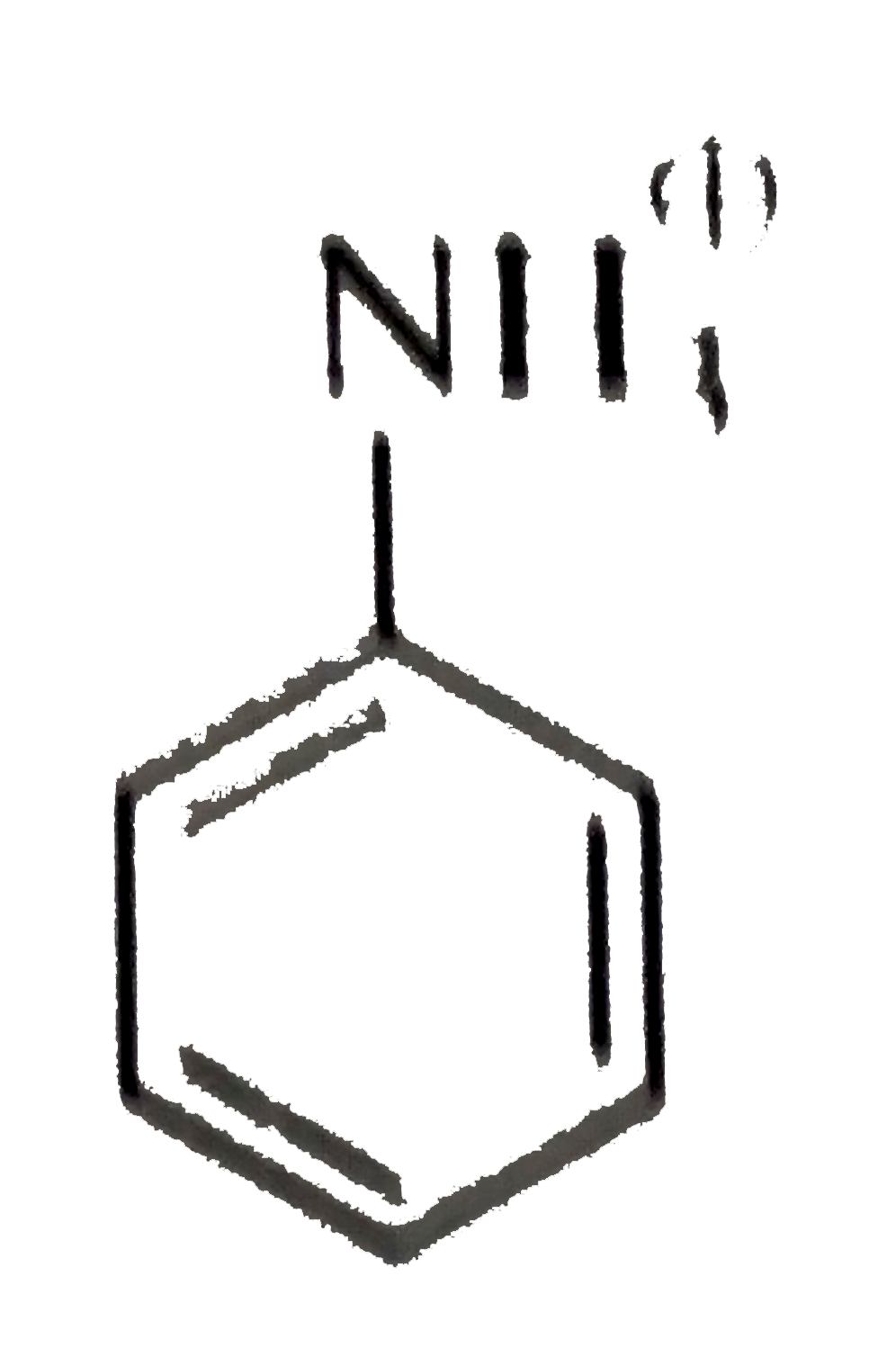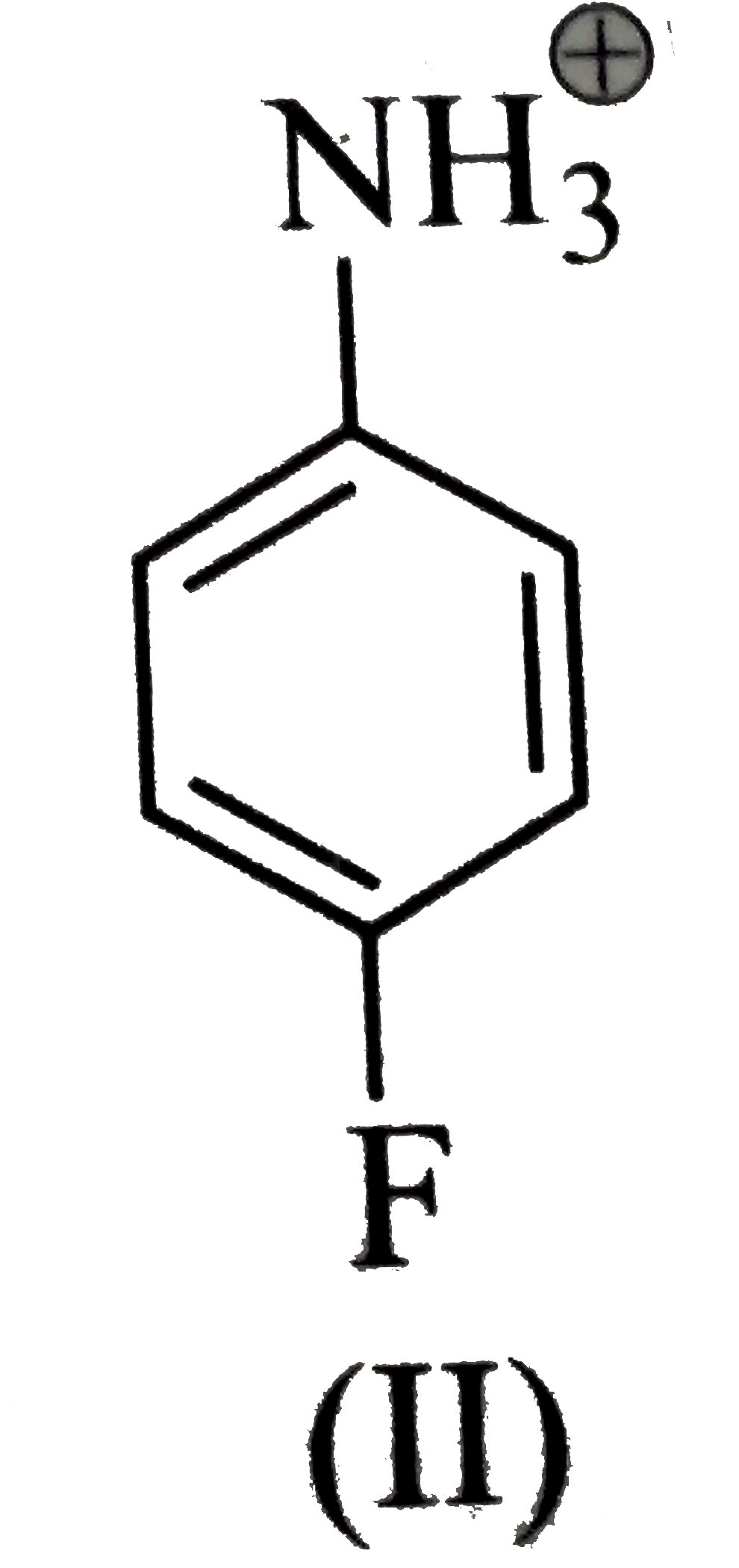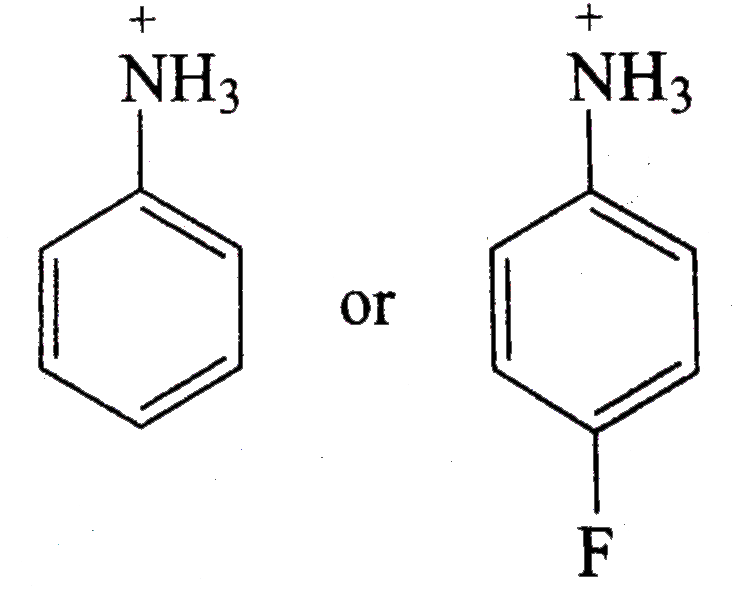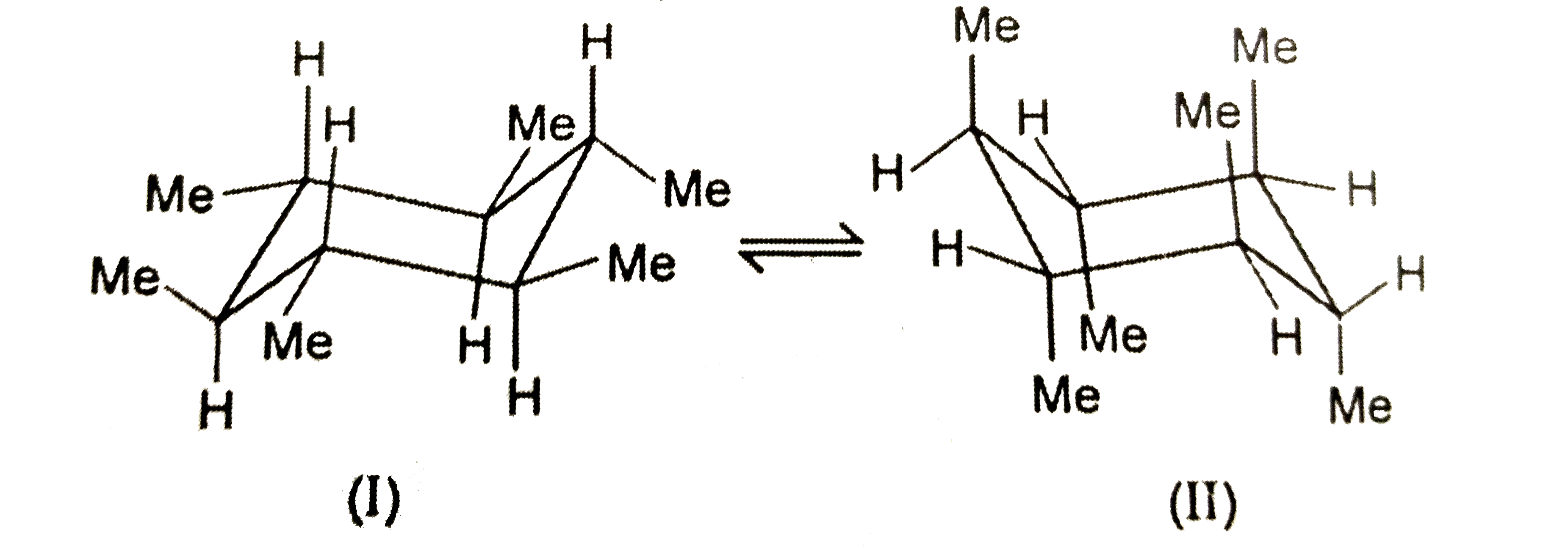Out of 2-chloroethanol and ethanol which is more acidic and why ?
To determine which compound is more acidic between 2-chloroethanol and ethanol, we can follow these steps:
Step 1: Identify the Structures
- 2-Chloroethanol has the structure: CH2Cl-CH2OH
- Ethanol has the structure: CH3-CH2OH
Step 2: Understand Acidity
Acidity in organic compounds often depends on the stability of the conjugate base formed after the compound donates a proton (H⁺). The more stable the conjugate base, the stronger the acid.
Step 3: Analyze Electron Withdrawing and Donating Effects
- Electron Withdrawing Groups (EWGs) increase acidity by stabilizing the negative charge on the conjugate base.
- Electron Donating Groups (EDGs) decrease acidity by destabilizing the negative charge on the conjugate base.
Step 4: Identify the Effects of Substituents
- In 2-chloroethanol, the chlorine atom (Cl) is an electron-withdrawing group due to its electronegativity and exhibits a -I (inductive) effect. This means it pulls electron density away from the OH bond, making it easier to release the H⁺ ion.
- In ethanol, there are no strong electron-withdrawing groups; the alkyl group (CH3) is an electron-donating group, which slightly increases the electron density on the OH bond, making it less acidic.
Step 5: Compare Acidity
- The presence of the chlorine atom in 2-chloroethanol increases the acidity compared to ethanol because it stabilizes the conjugate base (CH2Cl-CH2O⁻) by delocalizing the negative charge.
- Therefore, 2-chloroethanol is more acidic than ethanol.
Conclusion
2-chloroethanol is more acidic than ethanol due to the electron-withdrawing effect of the chlorine atom, which stabilizes the conjugate base formed after deprotonation.
---
- 2-Chloroethanol has the structure: CH2Cl-CH2OH
- Ethanol has the structure: CH3-CH2OH
Acidity in organic compounds often depends on the stability of the conjugate base formed after the compound donates a proton (H⁺). The more stable the conjugate base, the stronger the acid.
- Electron Withdrawing Groups (EWGs) increase acidity by stabilizing the negative charge on the conjugate base.
- Electron Donating Groups (EDGs) decrease acidity by destabilizing the negative charge on the conjugate base.
- In 2-chloroethanol, the chlorine atom (Cl) is an electron-withdrawing group due to its electronegativity and exhibits a -I (inductive) effect. This means it pulls electron density away from the OH bond, making it easier to release the H⁺ ion.
- In ethanol, there are no strong electron-withdrawing groups; the alkyl group (CH3) is an electron-donating group, which slightly increases the electron density on the OH bond, making it less acidic.
- The presence of the chlorine atom in 2-chloroethanol increases the acidity compared to ethanol because it stabilizes the conjugate base (CH2Cl-CH2O⁻) by delocalizing the negative charge.
- Therefore, 2-chloroethanol is more acidic than ethanol.
2-chloroethanol is more acidic than ethanol due to the electron-withdrawing effect of the chlorine atom, which stabilizes the conjugate base formed after deprotonation.
Topper's Solved these Questions
Similar Questions
Out of o-nitrophenol and o-cresol which is more acidic ?
View SolutionOut of o-nitrophenol and o-cresol which is more acidic ?
View SolutionOf PH3 and H2S which is more acidic and why ?
View SolutionWhich of the following is more acidic and why?

View SolutionWhich of the following is more acidic and why ?


View SolutionWhich of the following is more acidic and why?

View SolutionWhich one is more stable and why?

View SolutionAmong Na and Mg, which is more reactive and why?
View SolutionBenzene or borazine, which is more reactive and why ?
View SolutionOut of ethylamine and acetamide which is a stronger base and why?
View Solution
